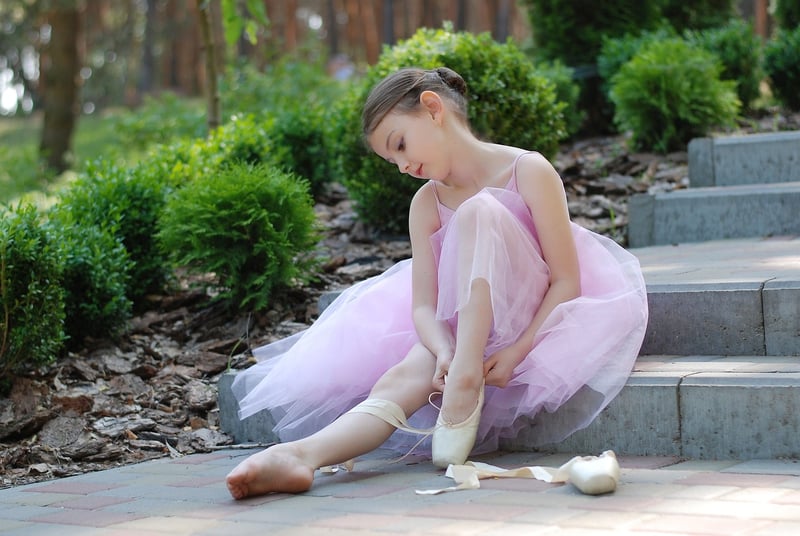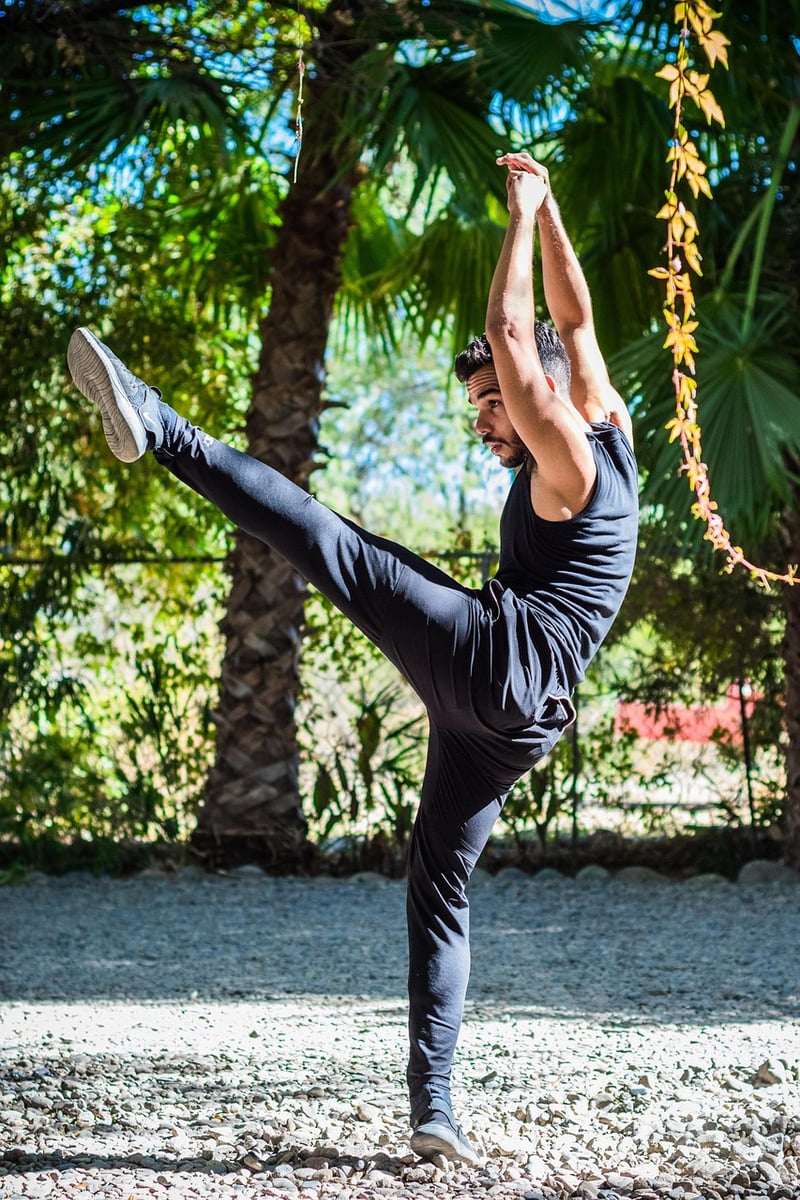Rhythmic Movement
Exploring the Therapeutic Use of Movement for Emotional Expression and Healing
In recent years, the therapeutic use of movement has gained recognition as an effective tool for supporting emotional expression and healing. Rhythmic movement, in particular, has shown promising results in helping individuals process and cope with their emotions. Let's delve into how movement can be a powerful form of therapy and how rhythmic movement, in particular, can enhance the healing process.
The Benefits of Movement in Therapy
Movement therapy, also known as dance movement therapy or somatic movement therapy, involves using movement to improve emotional, cognitive, physical, and social integration. It provides a non-verbal outlet for individuals to express and explore their feelings, thoughts, and experiences. Through movement, people can access and release pent-up emotions, reduce stress, and increase self-awareness.
Key benefits of movement therapy include:
- Enhanced emotional expression
- Improved body awareness
- Stress reduction
- Increased self-confidence
- Enhanced communication skills
Rhythmic Movement and Its Therapeutic Effects
Rhythmic movement, characterized by repetitive and patterned motions, can have profound therapeutic effects on individuals. The predictable nature of rhythmic movements can create a sense of safety and security, allowing individuals to relax and let go of emotional tension. This form of movement can help regulate emotions, decrease anxiety, and promote a sense of calmness.
Furthermore, rhythmic movement has been shown to stimulate the release of endorphins, the body's natural feel-good chemicals, which can elevate mood and reduce feelings of distress. By engaging in rhythmic activities such as dancing, drumming, or walking to a beat, individuals can experience a cathartic release of emotions and achieve a state of emotional balance.
Conclusion
In conclusion, the therapeutic use of movement, especially rhythmic movement, offers a unique and powerful approach to emotional expression and healing. By incorporating movement into therapy sessions, individuals can tap into their inner experiences, process emotions, and foster greater well-being. Whether through dance, yoga, or other rhythmic activities, movement therapy provides a holistic way to support emotional and mental health.
Embrace the transformative potential of movement and discover a new path towards emotional expression and healing.


References: Psychology Today - Dance Movement Therapy
